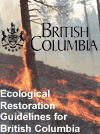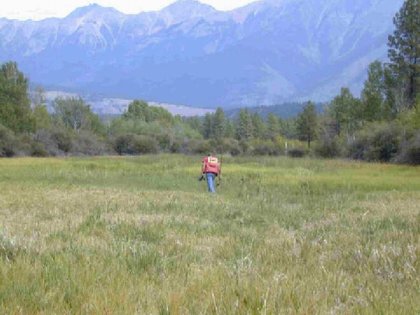 |
|
Restoration
practitioners can use this section to help choose a restoration
project, or to understand how their restoration project fits into
provincial-level restoration needs. No
priorities have been set for restoration work on wetlands and lakes
around the province. In general, almost all wetland habitats are
at risk in inhabited areas, and are often high priorities for restoration.
Aquatic features such as kettle lakes in the dry interior are useful
sites to consider for restoration; these areas are usually biodiversity
'hot-spots' and often suffer impacts from agricultural or human
use.
Terrestrial
Restoration Priorities in British Columbia The Terrestrial Ecosystem Restoration Program (1999-2002) has designated restoration priorities based on the Biogeoclimatic Ecosystem Classification subzones of the Province (see BEC information in Resources section). Under the BEC system the province is divided into 14 BEC zones, and 94 subzones, and it is these subzones that are rated for their restoration need based on their extent of departure from the natural range of variability. This analysis was done for each of the six provincial forest regions, and the resultant Strategic Ecological Restoration Assessment reports are available online from the Ecosystems Branch of the Ministry of Environment (http://www.env.gov.bc.ca/wld/fia/habitat_restoration.html). These SERA reports provide a basis for understanding the most pressing restoration needs in BC.
|
||||
 

 
|
|||||
|
|
|||||

